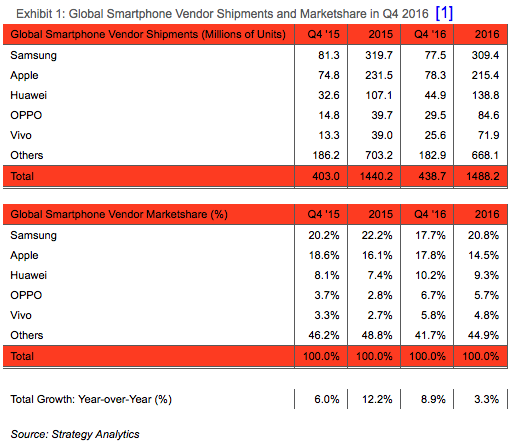
Apple has finally managed to beat Samsung in the global smartphone market for the first time in quite a few years. A report published by Strategy Analytics clearly shows that in the fourth quarter of 2016, Apple captured 17.8% of the market share, while Samsung had to remain content with 17.7%. This difference of 0.1% may not seem like much of a difference, but it does confirm that Apple outsold Samsung, even if it was for just one quarter of 2016.
As one can guess, the defeat was largely a result of the Note 7's failure. Once you consider the fact that Samsung did not have a major flagship in the playing field during the holiday season when every other major competitor had put in one, the 5% dip in sales starts to make more sense. Apple shipped 78.3 million units around the world during the last quarter and broke a barrage of sales records with the latest iPhone 7 and iPhone 7 Plus. Samsung on the other hand, sold 77.5 million smartphones in Q4 2016, which isn't really that bad, once you consider their unfortunate situation.
In a year to year comparison, Apple lost market share in 2016. Whereas the company enjoyed 16.1% share of the global smartphone market in 2015, it dipped to 14.5% in 2016. In spite of enjoying record breaking sales numbers with the iPhone 7 series, Q4 2016 brought only 17.8% of the market share to Apple, while Q4 2015 had brought them 18.6%. Samsung on the other hand, lost more significant portions of the market share both in a year-to-year comparison, as well as in a quarter-to-quarter comparison. Check out the screenshot to understand what we are talking about.
Saikat Kar (tech-enthusiast)
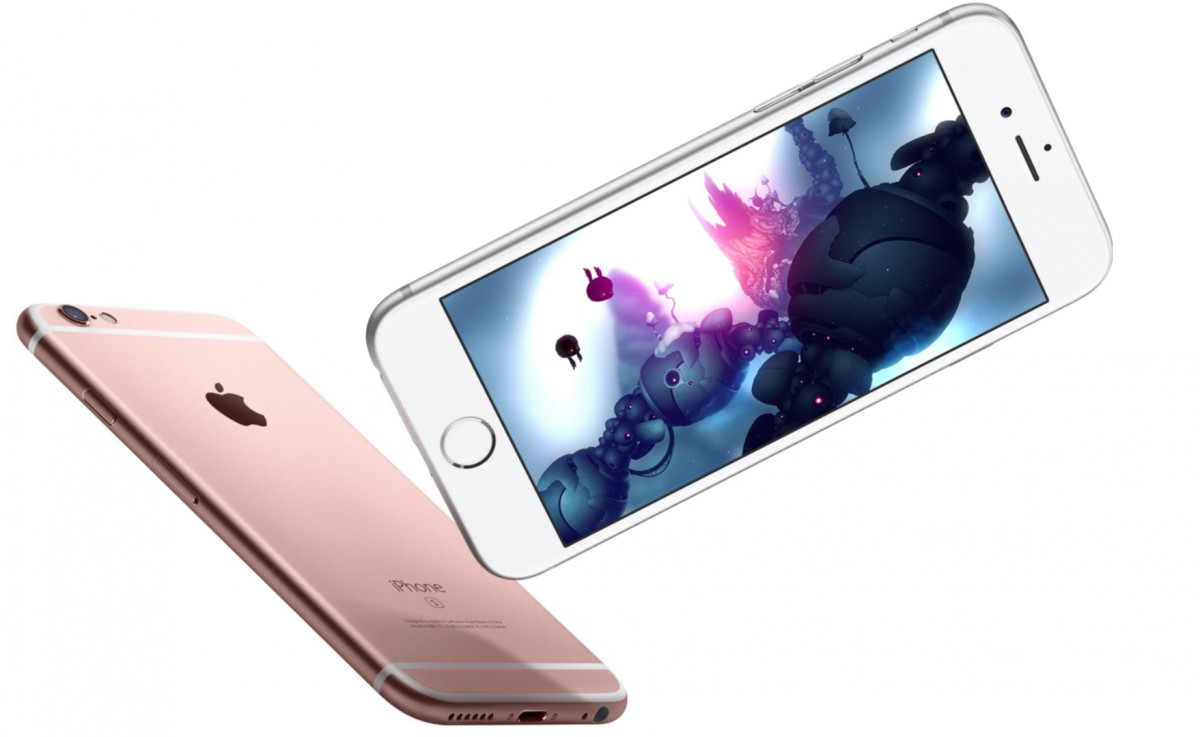
In the latest report regarding the iPhone 8, it has been mentioned that Apple will launch three variants, instead of the two that we are accustomed to. The rumor was supplied by KGI Securities, who have an excellent track record of providing the internet with accurate leaks when it comes to Apple products. If it's indeed true, then there will be two different variants of the bigger 5.5-inch iPhone 8 (Plus), along with a single smaller 4.7-inch regular version.
1. 4.7-inch LCD display and a single camera
2. 5.5-inch LCD display and a dual rear camera setup
3. 5.5-inch OLED display and a dual rear camera setup
I am not sure, but the iPhone 8 Plus having both an LCD version, as well as an OLED version could be directly related to the fact that Samsung is unable to produce sufficient OLED panels for the upcoming iPhones. According to a report by Bloomberg, Samsung's production rate of the OLED panels isn't high enough to keep up with Apple's demand. Nevertheless, Samsung will still be the only supplier of the OLED panels to Apple till 2018, as they are already into a contract. We will find out more in the coming months.
Saikat Kar (tech-enthusiast)
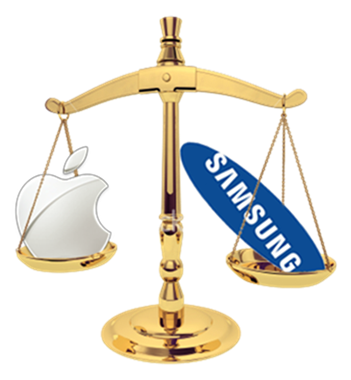
It's no secret that the two biggest names in the smartphone business are preparing for what could be the most important year for both of them in recent history. Apple released the iPhone 7 to an overwhelming success, but unimpressed reviews from even some of its ardent fans. The Galaxy Note 7 on the other hand, exploded into (pardon the pun!) all sorts of problems even after being received extremely well by the critics on release. The phone itself had to be shut down permanently by Samsung for safety concerns. A lot depends on the success of the Galaxy S8 in 2017 for Samsung, and perhaps even more so with that of the Note 8 (or whatever Samsung decides to call it).
The 10th anniversary of the iPhone is coming up in 2017, and we are sure that Apple is going to make it particularly special with either the iPhone 7s or the iPhone 8 (or both). We will now take a look at the most prominent changes that we could be seeing in the upcoming flagships devices, as per leaks and rumors around the web.
AI assisted digital assistant
Both the Galaxy S8 and the Note 8 could sport "Bixby," an AI assisted digital assistant that is being developed by reportedly the same firm which helped in the development of Siri for the iPhone.
Iris scanner
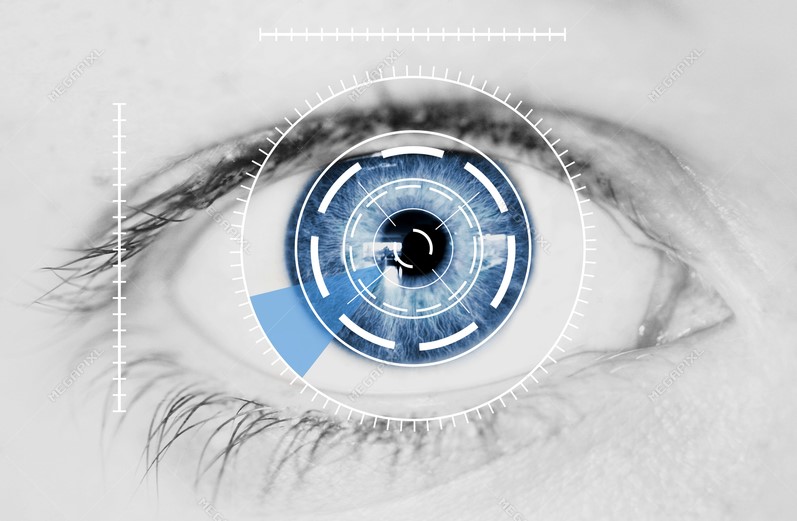
Most experts, including us, are quite convinced that both the S8 and the Note 8 will have iris scanners that made its debut with the Note 7 this year. Apple too, may embrace the technology as the company is currently in business with Xintec from Taiwan.
Full screen pressure sensitive display
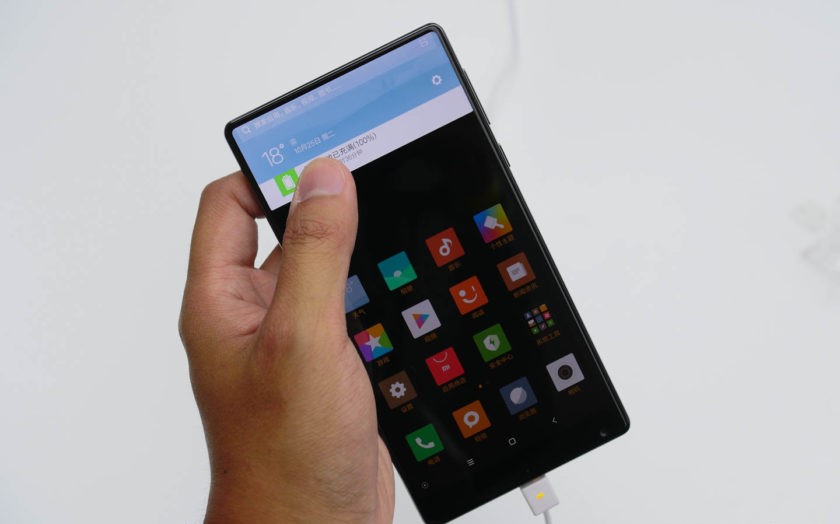
A display with almost no bezel seems to be on the cards for the Galaxy S8, as well as the next iPhone. If you want to know what we are talking about exactly, take a look at the Mi Mix. Pressure sensitivity or Force Touch has been a part of the iPhones for over a year now, but Samsung too may embed similar pressure sensitive tech into its displays starting from 2017.
Foldable OLED display

Samsung may move to foldable displays in 2017, while Apple may shift to using OLED panels for their iPhones in 2017 in place of LCDs. Many have speculated that the rumoured 6.2-inch Galaxy S8 Plus will sport a foldable display to make it portable.
10nm chipsets
Reportedly, Qualcomm, Samsung and Apple will all move to the significantly more powerful, yet energy-efficient next generation 10nm processes to manufacture their SoC units in 2017.
Dual 20-megapixel camera sensors
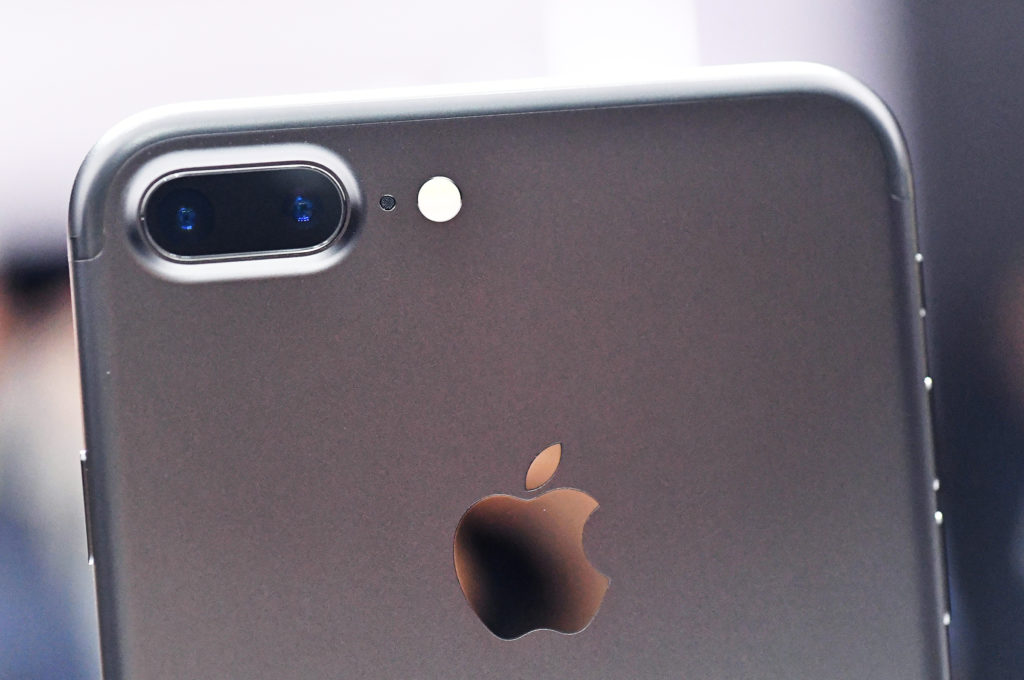
Most reports are suggesting that the S8 and the Note 8 will feature dual 20-mp sensors at their back. Apple once again, already has done it with the iPhone 7 Plus.
"Safe" removable batteries
There is no denying that the Galaxy Note 7 disaster could have been somewhat controlled if only Samsung had opted for removable batteries. Let's just hope that Samsung recognizes that fact well enough to equip their upcoming smartphones with user-removable batteries.
There are plenty of other details floating about in the market regarding the upcoming superphones, but these are the most significant changes which the world is hoping to see from the two companies in their upcoming devices.
Saikat Kar (tech-enthusiast)
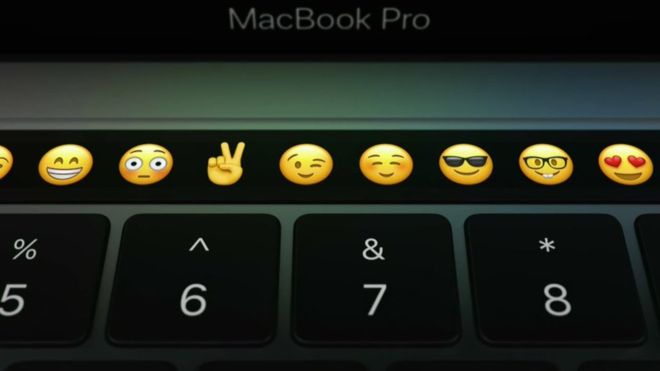
Anyone who isn't familiar with the business relationship that the two companies actually share will probably assume that Apple and Samsung are the worst of enemies. Although that statement wouldn't really be off by much, the truth is that the two giants have had multiple business relationships for years now, in spite of all the controversies and lawsuits in-between them. For example, the rigid OLED panel used in making the innovative touch bar for the new range of Apple MacBook Pros is a product supplied from the A2 line of Samsung Displays.
The reason as to why Apple chose OLED over LCD for making the touch bar lies in the fact that OLED panels are considerably slimmer than LCD panels (three times approximately). Another report indicates that even the Driver IC used to bond the touch bar to the MacBook was supplied by System LSI division of the Korean tech giant. There is no doubt that OLED is the next step in terms of display evolution as they consume less power, produce better colors and have a lower response time than LCD. In fact, most smartphones have been predicted to switch over to OLED panels by 2018. Once you consider that Samsung is the largest OLED panel manufacturer in the world, the future does seem bright for them.
Saikat Kar (tech-enthusiast)
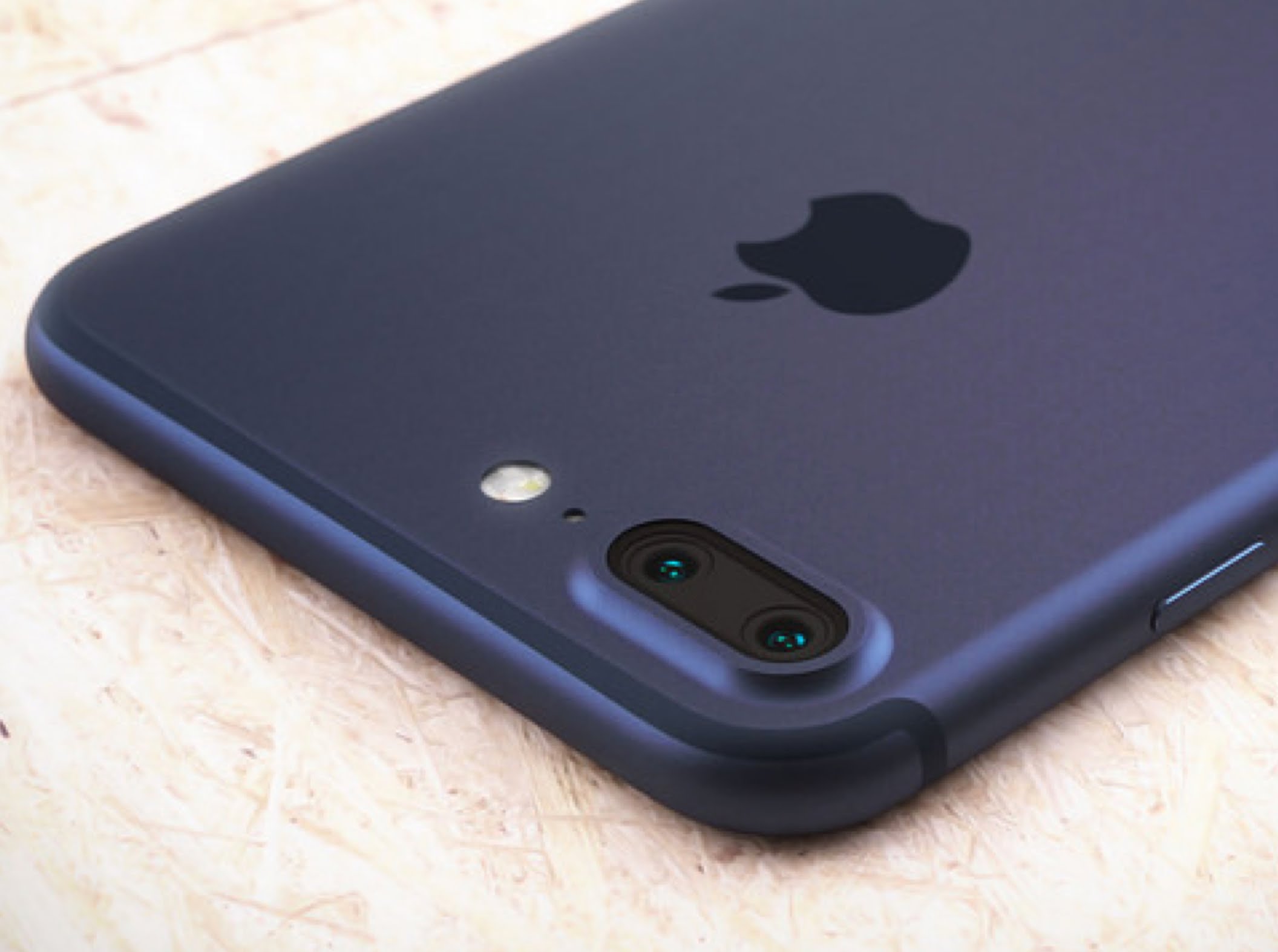
Samsung had to kill the Note 7 after a second worldwide recall was initiated and that has cost the South Korean giant quite dearly. Apart from the billions of dollars that Samsung had to shell out in order to recall all the Note 7 smartphones and refund its customers, there is no telling how much this incident will hamper Samsung's business in the long run. According to Ming-Chi Kuo from KGI Market analyst firm, Samsung may lose as much as 5 to 7 million customers to Apple's iPhone 7 in the remainder of this year alone.
About 12 million units of the Note 7 were ordered and since each and every one of those customers will now have to opt for another smartphone, the iPhone 7 and iPhone 7 Plus are lucrative alternatives for them. The iPhone 7 Plus in particular will appeal to most of the ex-Note 7 customers, due to its large display, dual rear camera setup and a price tag that's quite similar to the Note 7. A portion of the remaining customers will of course stay loyal to Samsung by choosing the Galaxy S7 Edge or some other Samsung device. Other contenders for the sales gap created by the untimely death of the Note 7 are mainly the Google Pixel XL and the LG V20. We are not entirely sure about the report, but only time will tell if the Note 7 disaster is enough to make so many people change loyalties.
Saikat Kar (tech-enthusiast)
© 2023 YouMobile Inc. All rights reserved






